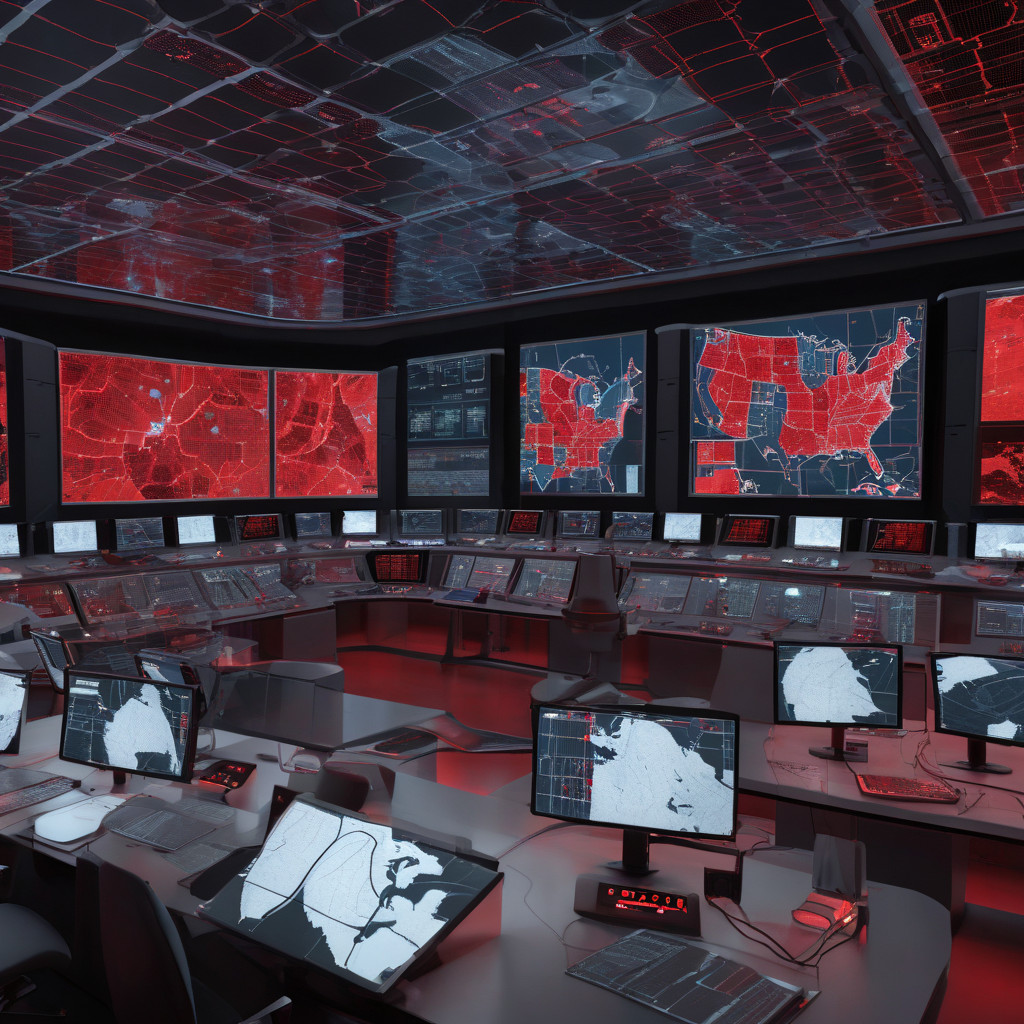In the world of technology, advancements often bring along unforeseen challenges. The recent announcement of the $500 billion Stargate Project has sparked excitement within the industry, promising to meet the escalating demands for compute power driven by the ever-evolving field of artificial intelligence. While this project signifies a remarkable leap forward in AI capabilities, it also raises concerns about the strain it may place on the existing power grid infrastructure in the United States.
As artificial intelligence applications become more sophisticated and prevalent across various sectors, the need for substantial computational resources continues to grow exponentially. The Stargate Project aims to bridge this gap by providing a robust infrastructure to support AI development and deployment on a massive scale. However, the sheer power requirements of such a project could potentially overwhelm the current electrical grid, leading to issues such as power outages, increased energy costs, and environmental implications.
The integration of AI technologies into everyday life, from autonomous vehicles to smart homes, underscores the critical role of reliable and sustainable power sources. As the Stargate Project expands and more AI-driven systems come online, the strain on the US grid is likely to intensify. This looming challenge necessitates proactive measures to reinforce the grid’s capacity and enhance its resilience to meet the escalating power demands of cutting-edge initiatives like the Stargate Project.
One approach to mitigating the potential strain on the power grid involves investing in renewable energy sources and energy-efficient technologies. By incorporating solar, wind, and other clean energy solutions into the grid infrastructure, the system can become more robust and environmentally friendly. Additionally, implementing smart grid technologies that optimize energy distribution and consumption can help alleviate the pressure caused by increased power needs from AI initiatives like the Stargate Project.
Collaboration between government agencies, energy providers, technology companies, and AI researchers is essential to address the challenges posed by the growing power requirements of advanced technologies. Developing innovative strategies for energy management, infrastructure modernization, and sustainable practices will be crucial in ensuring the long-term viability of AI projects while maintaining the stability of the power grid.
In conclusion, while the Stargate Project represents a significant leap forward in AI innovation, its rapid growth may strain the US power grid if proactive measures are not taken. By focusing on renewable energy integration, smart grid technologies, and cross-sector collaboration, we can pave the way for a sustainable and resilient energy future that can support the expanding needs of AI-powered technologies. As we embrace the potential of AI, we must also prioritize the development of a robust energy infrastructure to power the innovations that will shape our future.

